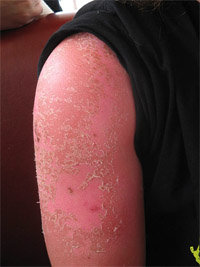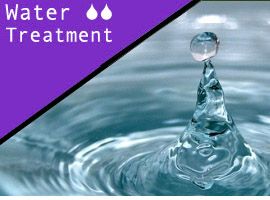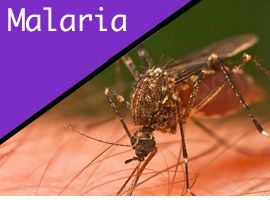We’ve talked about how to avoid sunburn and how to pick the best sunscreen, but we have yet to discuss how to treat sunburn. Whether you’re just a little pink or you are red and blistered, read up on our tips below.
Diagnosing your sunburn
Depending on the level of sun exposure, a sunburn can be extremely destructive. First degree sunburns cause redness and pain, but there isn’t any blistering. Second degree burns cause redness, pain, blistering and often, a number of other symptoms as well. Severe sunburn, commonly called sun poisoning, can result in headache, nausea, fever, chills and dizziness.
Regardless of their severity, all sunburns cause dehydration and skin damage.
Treating sunburn
Hydrate. Sunburn can cause mild to severe hydration. Replenishing your fluids will help with any headache or dizziness you may be experiencing and it will also help repair the damage to your skin. Drink plenty of water, but also make sure to get adequate electrolytes. Gatorade and other sports drinks contain electrolytes, but oral rehydration salts will do a much better job.
Apply a cold compress. Lavender and Chamomile are two of nature’s healing herbs. Fill a bowl with cold water and several drops of liquid lavender extract and chamomile liquid extract. Briefly stir before soaking a soft cloth in the bowl. Twist out the water so the cloth is damp, but not sopping. Apply to the sunburnt areas of your body. Instant relief.
Use a hydrating lotion. To help your skin recover from the sun damage, you should moisturize frequently. Aloe vera gel is nature’s salve and it is a common ingredient in many sunburn lotions. Also helpful for skin damage repair: vitamins C and E, chamomile and lavender. Here are some recommended post-sunburn moisturizers:
– Fruit of the Earth Aloe Vera Cream
– Remedy Skin Repair Cream
– Avalon Organics Vitamin C Renewal Creme
– Proteque Intensive Therapeutic Skin Protection Lotion
– Fruit of the Earth Aloe Vera
Take an anti-inflammatory over-the-counter pain medication. If the pain is extensive, over-the-counter pain medicine like ibuprofen will provide some relief and you will also benefit from the anti-inflammatory properties.
This can be especially helpful before sleep: apply the cold compress listed above, then a moisturizing lotion and finally, take some ibuprofen.
Apply a 1% hydrocortisone cream. Used in moderation, this cream can help with pain, blistering and swelling. One percent is adequate – it is not recommended to use a stronger formula.
Stay out of the sun. This should go without saying. Spending additional time in the sun while your body is already dealing with sunburn will only exacerbate the negative effects and delay the healing process. Also, steer clear from tanning booths.
Hydrate. Yes, it’s worth mentioning twice.
Other things to keep in mind
 Skin peeling is natural. There is not much you can do to stop your skin from peeling if you’ve experienced a bad sunburn. Mitigate the effects by frequently applying and reapplying a moisturizing lotion.
Skin peeling is natural. There is not much you can do to stop your skin from peeling if you’ve experienced a bad sunburn. Mitigate the effects by frequently applying and reapplying a moisturizing lotion.
Some sunburns require hospitalization. If you are affected by large areas of blistering skin and you are experiencing chills and fever, you may require a visit to a clinic. If you are also experiencing confusion, nausea and/or vomiting, you need to get to an emergency room.
Petroleum jellies and oils may make your sunburn worse. Many of these products can irritate your skin further and they will actually magnify the sun’s rays if you are spending time outdoors. Instead, use one of the recommended moisturizing lotions above.
Sunburn is no joke. We’ve addressed the seriousness of sunburn and sun damage in our article about prevention and finding the best sunscreen. You can read that article here. Understand that in addition to the immediate pain and discomfort of a sunburn, by subjecting yourself to prolonged and excessive exposure to the sun, you are putting yourself at a higher risk of developing skin cancer.
For more information on treating sunburn, see this video on Youtube.
Have any remedies for sunburn that are not listed here? Let us know in the comments.
Photo credit: flickr user red5standingby and Wikipedia commons












{ 0 comments… add one }